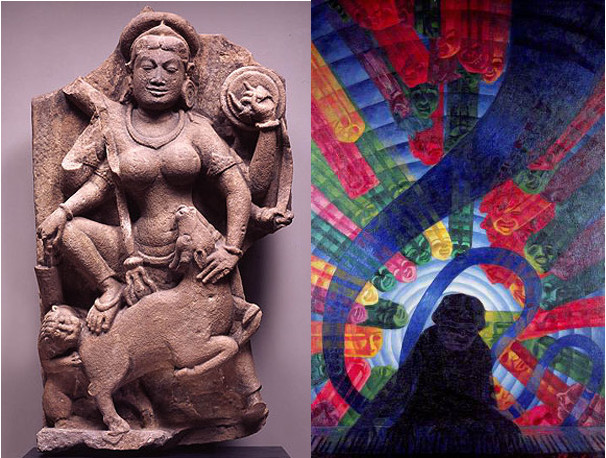How do you listen to a six-hour string quartet?
Last year I spent a good deal of time listening to Morton Feldman’s music, trying to get a picture of his entire body of work. I started with the works of the early 1950s and marched forward through the 1960s and 1970s. When I got to 1983, I faced the need to listen to Feldman’s String quartet No. 2, his famous six-hour string quartet, the longest work of a composer who wrote many long works. How do you listen to a six-hour string quartet?
How do you listen to a six-hour string quartet? Read More »

